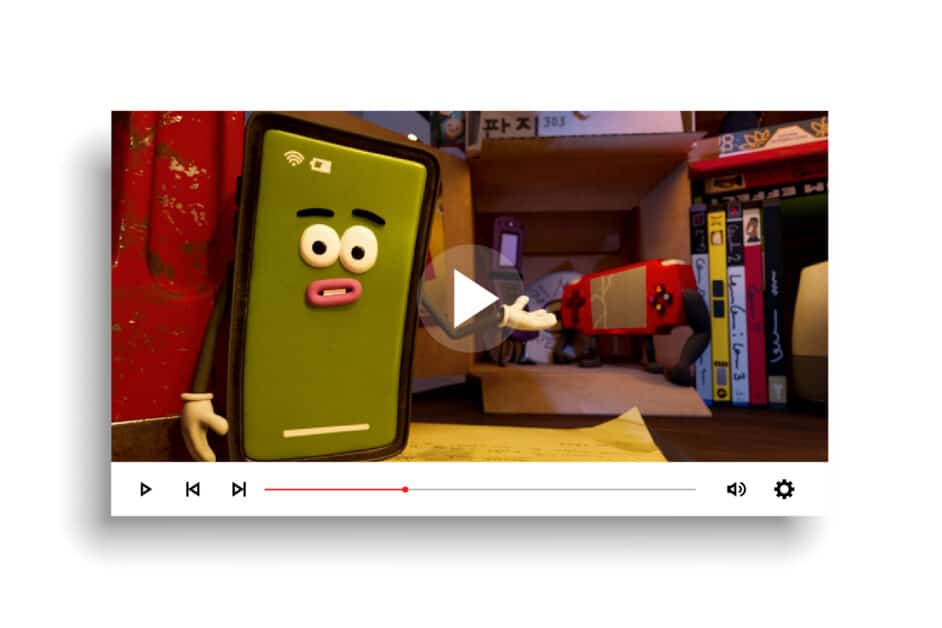As a nonprofit organization with a singular focus on electronics sustainability, we have a special kind of love for electronics of all kinds! But we also know the world has a big e-waste problem on its hands. Actually, the world’s got a big sustainability problem on its hands, because producing 50 million tons of e-waste every year isn’t anywhere near sustainable, and certainly doesn’t contribute to a circular economy. But as Champions of Electronics Sustainability, SERI is leading the charge to make all electronics sustainable.
So, how do we get from where we are today to a place of zero e-waste and electronics sustainability?
Making electronics sustainable is everyone’s responsibility. To get there, we all need to ReThink electronics at home and then apply the same ReThinking at work. We just recently produced a video aimed at stimulating ReThinking, and we hope you’ll give it a watch!
Shifting the thinking from the end to the beginning
One of the biggest challenges in tackling the e-waste problem is there’s too much focus on the end-of-life. Most of the time, the term e-waste conjures visions of really old electronics that no longer have vitality and need to be disposed of. In our personal lives, we look for convenient and free recycling drop-off points for this stuff we no longer want, and if we can’t find options we trust, these old devices end up hibernating in our closets, basements, and drawers. And at work, sometimes it isn’t much better, just with bigger storage rooms and larger closets.
But, if we ReThink the term e-waste and instead of thinking about it as an end-of-life problem and a materials recovery issue, look at e-waste through circular economy principles, we arrive not at the end, but at the beginning. In a circular economy, there is no waste in the system. For electronics, that means not wasting materials or potential.
For example, if a television is only used for one year and then recycled after upgrading to a new model, even if all the materials become part of something else, the majority of its usefulness was wasted. That approach to electronics isn’t sustainable because, by most estimates, 80% or more of the carbon impact of electronics happens before we even take them out of the box for the first time. And let’s not forget that every device created means more materials to manage at the end of life.
So, to ReThink e-waste, we need to start at the beginning of the electronics’ lifecycle and make more sustainable choices all the way through to end-of-life so every device is used for as long as possible, reducing our carbon impact and the environmental impacts of mining and dealing with waste materials.
A Practical Guide to ReThinking Electronics
At this point, you are probably asking yourself, “What can I do?” So here are a few steps you can take right now to ReThink Electronics and become more sustainable.
- Consider using your devices longer. Ok, to be clear, we aren’t against upgrading, because the reality is, at some point, your devices simply won’t meet your needs anymore. But what we are saying is to ask yourself, “Is this device still meeting all or most of my needs?” If it is, then hold off upgrading to a new device because if everyone uses their electronics just a little bit longer, we can reduce the total carbon impact of electronics, better preserve natural resources, and diminish the volume of materials we need to manage on the backside.
- When you are ready to upgrade, make sustainability part of your decision– making. Consider purchasing products that will last longer, are easier to repair, utilize more sustainable materials, and are easier to recycle at the end. You can even consider buying refurbished electronics as an alternative to new. Some manufacturers are really leading the charge by offering more sustainable options, and as consumers, it’s up to us to support them when we upgrade.
- Repair vs. Replace. There are a growing number of good options for electronics repair, whether that’s taking it to a professional, or doing minor repairs yourself. Making repairs is a great way of extending the life of electronics, and while sometimes upgrading seems like a better financial investment, choosing repair over replacement is far better from a sustainability standpoint.
- Don’t Let Devices Hibernate! Eventually, it will be time to upgrade to a new device, but end– of– usefulness to you doesn’t mean end– of– life for the device. Extend the lives of your electronics by making sure they have good second and even third lives. How? First, don’t let devices hibernate in a junk drawer or on some shelf, because even though you may have stopped using a laptop or phone, every day it sits unused is another day of wasted potential. There are lots of people around the world, and maybe even in your own household or business, that could put those devices to good use. And even if they are too old to be used whole, sometimes parts of your old devices like screens and cameras can be used to repair someone else’s broken electronics.
- Consider cascading your old devices to another family member who may not need the latest and greatest technology, or at work, ask if there’s someone in another department that could use it. Look at trade-in or takeback options wherever you are buying your new devices, online reselling platforms, or places that accept electronics as donations, like a school or a charity. And as a last resort, look at local responsible electronics recycling options like R2 Certified recycling facilities or even your local government, which often have community recycling events.
We keep our old devices around for a variety of reasons – as backups, because we haven’t gotten all our old photos and files off, or even because we just don’t know what to do with them, but if electronics sustainability is the goal, then we’ve got to get them out as soon as we can.
We can get to zero e-waste and make electronics sustainable. And it all starts with a little ReThinking from everyone.






